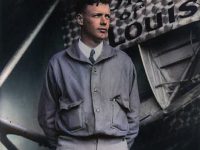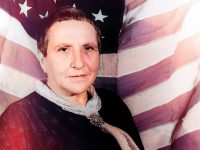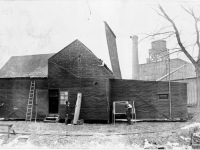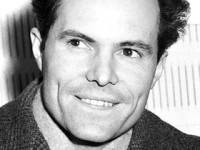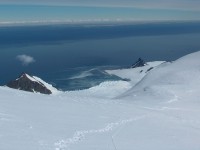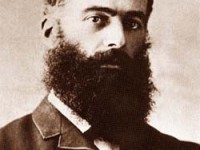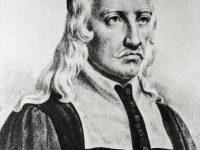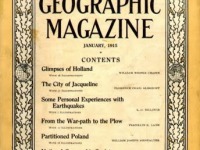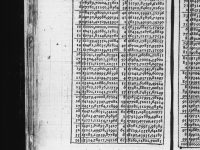Charles Lindbergh’s Flight with the Spirit of St. Louis
On February 4, 1902, American aviator, author, inventor, explorer, and social activist Charles Lindbergh was born. As a 25-year-old U.S. Air Mail pilot, Lindbergh emerged suddenly from virtual obscurity to instantaneous world fame as the result of his Orteig Prize-winning solo nonstop flight from New York to Paris, France in the single-seat, single-engine purpose-built Ryan monoplane Spirit of St. Louis. “Our ideals, laws and customs should be based on the proposition that…
Read more

